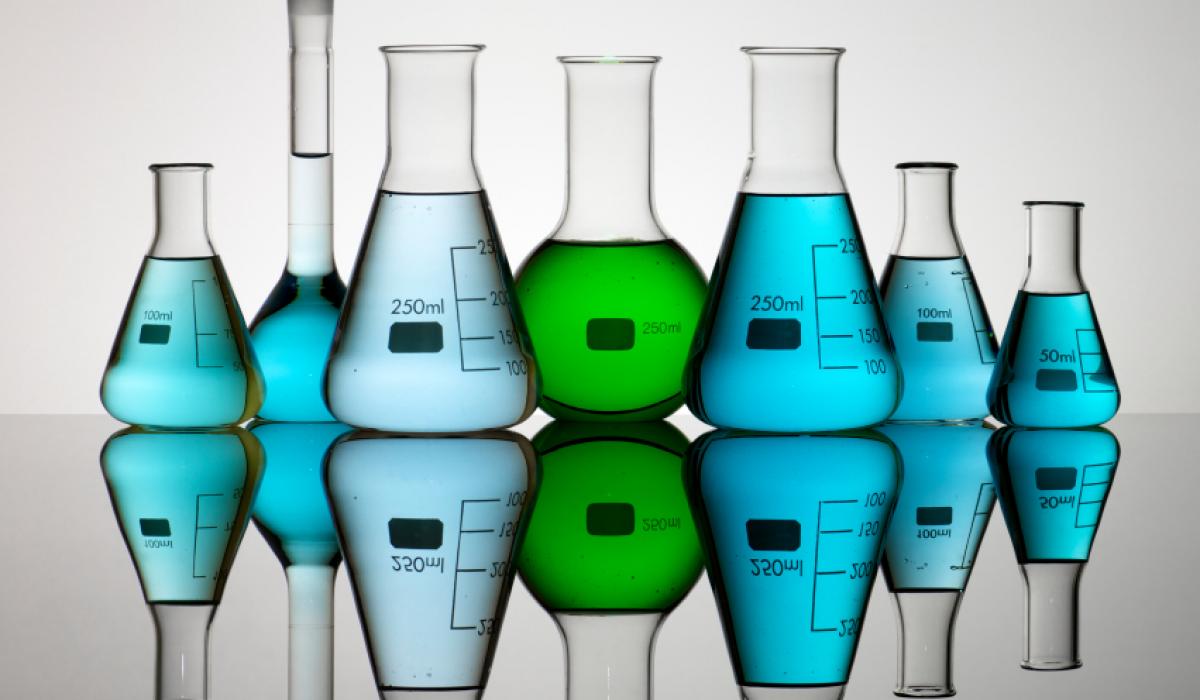
ToxBank is the cross-cluster infrastructure project whose activities include the development of the ToxBank Data Warehouse (TBDW), the selection of reference gold compounds to support the mode-of-action framework, a physical compounds repository, and resources to support the reliable use of qualified biomaterials and protocols.
The ToxBank data warehouse provides a web-accessible shared repository of know-how and experimental results to support the SEURAT-1 cluster. The information within the TBDW is uploaded from the research activities of the cluster partners as well as relevant data and protocols from other sources, such as public databases containing toxicogenomics data. You can apply for access >> HERE <<.
The underlying assumption is that we can identify Models of Action (MOAs) that are demonstrably relevant to human toxicity based on existing knowledge such as from adverse events of marketed drugs in humans. Goal then becomes to establish in vitro assays to characterize and represent these MOAs. A limitation of an MOA-based strategy is that our understanding of MOAs for even the best-known toxicants is incomplete. The challenge and the opportunity are to select compounds that will enable us to increase our understanding of MOAs. Approved compound-related information is made publically available through the ToxBank wiki.
The ToxBank cell and tissue bank provides an important open source service to identify suitable sources of cell lines that will meet scientific criteria, ensure compliance with EU and national regulations and provide assays which can be taken up by industry without delays or blocks due to adverse constraints on commercial exploitation. This work utilizes standards recently developed as consensus amongst stem cell scientists and biobanks. The standards established are used in ToxBank to develop evaluation criteria for suppliers of stem cell lines. Data from these suppliers are used to demonstrate compliance with best practices.
In developing infrastructure, such as the data warehouse, the project is taking advantage of existing open standards, particularly the OpenTox project. OpenTox developed a standard framework for interoperable predictive toxicology support. It makes extensive use web services for interaction with different geographically distributed services necessary to support predictive toxicology data management, algorithms, modeling, validation, and reporting. Extensions were made to the OpenTox framework to support additional activities needing services by ToxBank within in representing ‘omics datasets.
ToxBank uses the Investigation/Study/Assay (ISA) representation of experiments. Ontologies and a domain-specific ToxBank keyword hierarchy are used to enrich datasets by adding enough experimental metadata to make the archives comprehensible and reusable. The ISA2RDF tool developed by ToxBank builds on the ISA-Tab framework and facilitates conversion of investigation metadata into the semantic web standard RDF format.
The data ToxBank is being collected to enable a cross-cluster integrated data analysis leading to the prediction of repeated dose toxicity within an MOA framework, based on a detailed understanding of the technologies, requirements and work practices developed. Semantic web technologies are useful for integration of internal information from SEURAT-1 with external information from database resources around the world.
